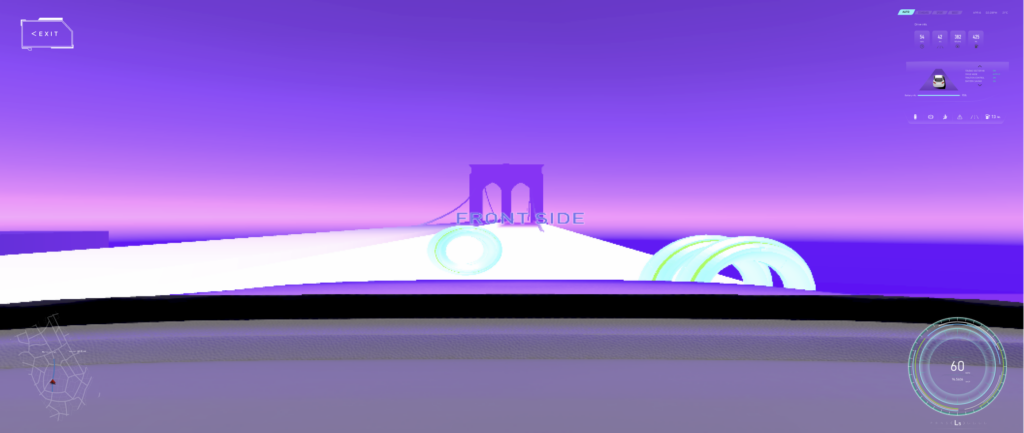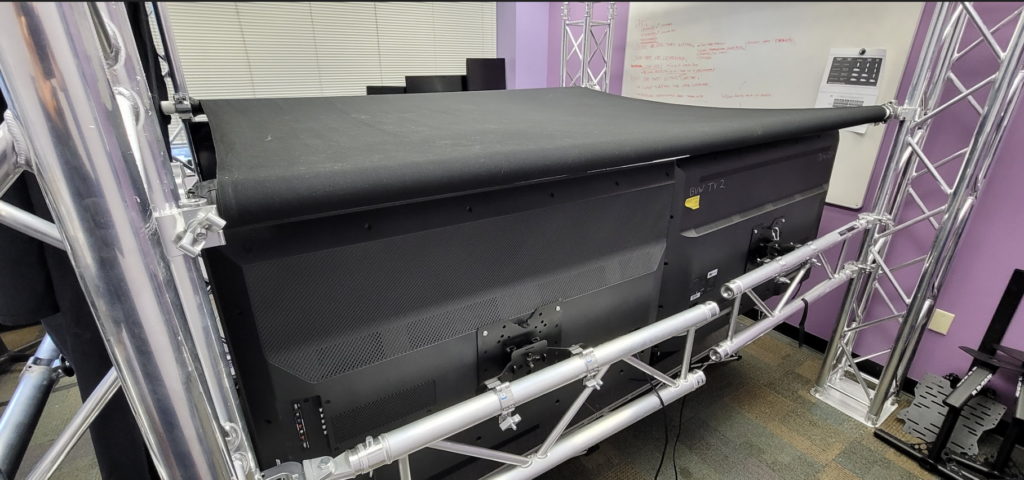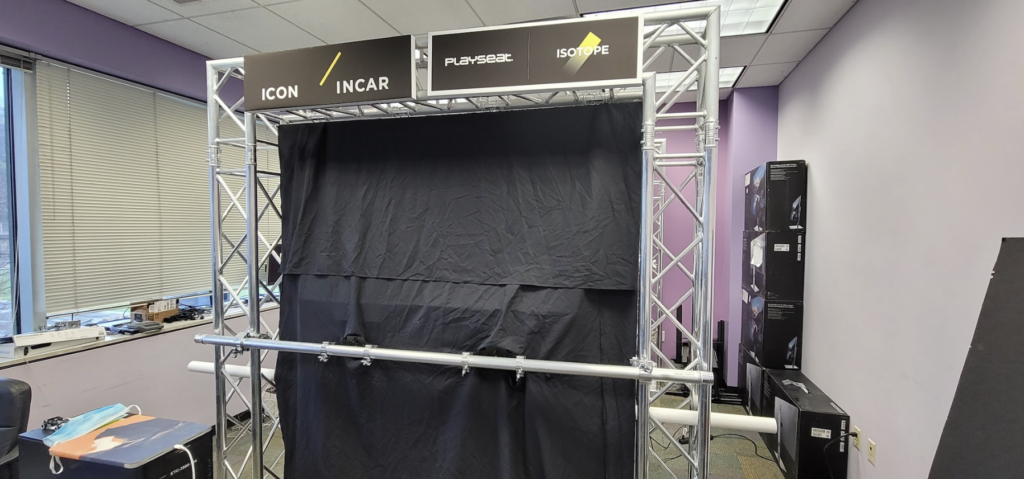Welcome back to our development blog for IGT-Lab! We are closing in on our first playtest day for next week, and are pushing for a playable build albeit facing some technical difficulties.
We will discuss more about how we are navigating this situation, and what we are working towards for the end of next week.
Client Meeting:
We’ve received great amount of feedback regarding both art direction and the gameplay itself.
Some of the talking points included:
- Feedback on 3D virtual scene:
- What if landmarks became interactive/collectibles?
- Create an asset library full of them, that can be collected throughout gameplay/drive
- Fantasy elements
- Try to use what’s already out there as opposed to creating fantasy elements. Use what we have and give them a little twist
- Breaking context
- Bring in something completely different to add element of surprise
- Work with existing IPs. Can result in really interesting ideas with real business potential
- Minion Rush
- Make the game funny and juicy!
- What if there are elements that you can run into? What if you run over something and it goes kaput?
- A “silly mode” or “rampage mode” where you run over… Critters?? Roadkill -> sell as beef jerky is a real thing…
- What if landmarks became interactive/collectibles?
- Feedback on Game UI:
- People are generally poor in gauging speed of approaching objects.
- Look at guitar hero and look into visualizations for giving players better way of communicating “when to hit the beat”
- Feedback on HMI
- It’s missing the “musical game” feel
- There needs to be visual cohesion between the HMI elements and the world/experience at large
- What if we could animate HMI elements to match the music? Loudspeaker as speedometer? What if it pumps along with the music?
The conversation brought up a lot of ideas and possibilities that could build off of the project we have started.
Design Update:



We’ve begun working on 2D UI elements to aid players in recognizing the correct timing to hit the beat object. The 2D element as represented by the flat, white circle represents a “2D Wall” where upon the 3D circle reaching it, the button must be pressed.
Given that people do poorly in anticipating and estimating speeds of objects approaching from the front, we wanted to add an additional visual feedback system to improve gameplay.


Our designers are also working on HMI elements to sit in the front/side screens, which also act as menu interfaces where the players can start and exit the game, and choose which music they’d like to play.
Next steps for the designers is to continue to populate our virtual scene with more buildings, textures, and landmark buildings. One of the interesting discussion points from our client meeting was the use of “collectibles” as a feature in our game. It’d be exciting to see the landmark buildings to not just be an aesthetic decoration in our virtual scene, but also act as an interactive element that also touches on the ‘temporal’ aspect of our game. What happens once you “collect” the Brooklyn Bridge? Does it disappear? Does it change colors?
Tech Update:
We are still having issues with the MIDI file not running on Linux. We are tackling this challenge by having two of our software engineers to diverge. One will work on building a standard Windows build, which we can test with at least four screens in our simulator (this is due to the fact that our standard Windows PCs only have 4 display output ports). The other engineer meanwhile, will continue to work on debugging the issue.
We have made some progress with the issue, in that we discovered a different plug-in that reads MIDI files and plays back audio correctly in Isotope. We had a lot of trouble trying to figure out how the MIDI file was read, due to lack of documentation, and also the fact that it was over 7 years old.
We eventually discovered a way to import our own MIDI files through trial and error, with help from tech-savvy friends from a neighboring project room, and relying on existing demo files to help with the import process.
This led to another problem however, where we were not able to control the BPM /tempo of the file being played back. This resulted in the beats appearing way faster than the actual music, rendering the game unplayable.
We hope to find a solution to this issue in the following week, as it’s now the only barrier that prevents us from building an Isotope build. Regardless, we are still working on merging all art assets and animations into a working Windows build, which will act as our backup prototype.
Hardware Update:


We have removed the desk on which the two front monitors were standing, and instead mounted a single truss beam on to which the monitors were mounted. This created a cleaner backdrop for the front and a more immersive interior. We plan to use steaming irons to iron out the fabric for a cleaner look.
Next step in the platform set up is to finalize the audio/speaker placements, and clean up the cables and wires.
Despite setbacks, our team is working to merge all the features and assets we already have into a single cohesive build for playtesting next Saturday.
Thank you for reading our Week 10 blog, and we’ll be back next week post-Playtest Day!
